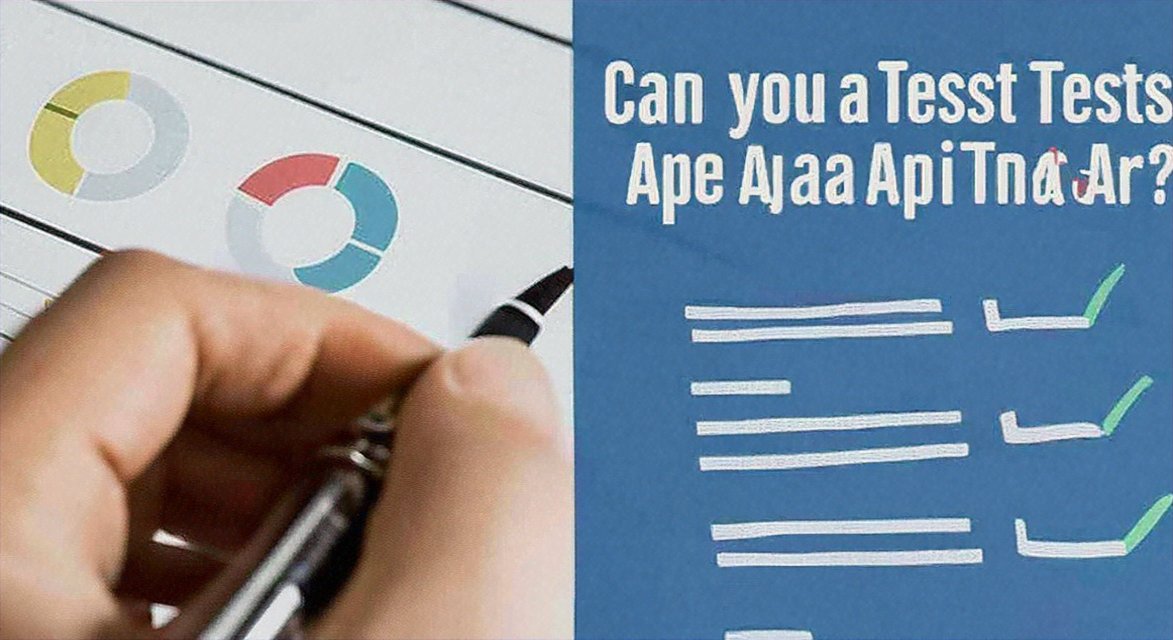The Ultimate Checklist for API QA Testing: Don't Miss a Single Bug 🧪

In today's fast-paced digital world, APIs (Application Programming Interfaces) have become the backbone of modern applications. Ensuring the quality and reliability of these APIs is crucial for the success of any software product. API QA testing is an essential part of the development process, and it's vital to have a comprehensive checklist to cover all the bases. In this article, we'll delve into the ultimate checklist for API QA testing, ensuring you don't miss a single bug.
Understanding API QA Testing 🌐
Before diving into the checklist, it's important to understand what API QA testing entails. API QA testing is the process of validating the functionality, performance, and security of an API. It involves sending requests to the API and analyzing the responses to ensure they meet the expected standards.
Key Components of API QA Testing 📋
- Functional Testing: Ensuring that the API performs its intended functions correctly.
- Performance Testing: Assessing the API's response time, throughput, and scalability.
- Security Testing: Verifying that the API is secure against common vulnerabilities and threats.
- Compatibility Testing: Ensuring the API works seamlessly across different platforms and devices.
- Load Testing: Simulating high traffic to test the API's performance under heavy load.
The Ultimate Checklist for API QA Testing 📝
1. Define Test Objectives and Scope 🎯
Before starting the testing process, clearly define the objectives and scope of the API QA testing. This includes identifying the specific functionalities to be tested, the expected outcomes, and the testing environment.
2. Create Test Cases 📝
Develop a comprehensive set of test cases that cover all aspects of the API. This includes positive test cases (valid inputs and expected outputs) and negative test cases (invalid inputs and expected error responses).
3. Set Up Test Environment 🌐
Ensure that the test environment is properly set up, including the necessary hardware, software, and network configurations. This will help in accurately simulating real-world scenarios during testing.
4. Test API Endpoints 📈
Thoroughly test each API endpoint to ensure they are functioning correctly. This includes testing endpoints for different HTTP methods (GET, POST, PUT, DELETE, etc.) and verifying the responses for various scenarios.
5. Validate Data Integrity and Accuracy 📊
Ensure that the API correctly handles and processes data, including validation of input data, transformation of data, and storage of data. This is crucial for maintaining data integrity and accuracy.
6. Test API Authentication and Authorization 🛡️
Verify that the API correctly implements authentication and authorization mechanisms, such as OAuth, JWT, or API keys. This ensures that only authorized users can access the API.
7. Perform Security Testing 🛠️
Conduct security testing to identify potential vulnerabilities, such as SQL injection, cross-site scripting, and cross-site request forgery. Use tools like OWASP ZAP or Burp Suite to automate the testing process.
8. Test API Performance and Load 🚀
Evaluate the API's performance under different load conditions, including peak load, sustained load, and stress testing. Use tools like Apache JMeter or LoadRunner to simulate high traffic and measure the API's response time, throughput, and resource usage.
9. Test API Compatibility and Interoperability 🌐
Ensure that the API works seamlessly across different platforms, devices, and browsers. Test the API's compatibility with various programming languages and frameworks.
10. Review Test Results and Fix Bugs 🐞
Analyze the test results and identify any bugs or issues. Prioritize and fix the critical bugs, and retest the API to ensure the fixes are effective.
Conclusion 🎉
API QA testing is a critical process that ensures the quality and reliability of your API. By following this ultimate checklist, you can effectively test your API and ensure it meets the expected standards. Remember, a well-tested API is the key to a successful software product.
References
- "API Testing Best Practices" - DZone
- "API Testing: A Comprehensive Guide" - TechTarget
- "API Testing Tools: A Comparison" - InfoQ
- "API Testing: The Ultimate Guide" - Postman
- "API Testing: A Step-by-Step Guide" - Katalon

